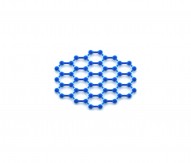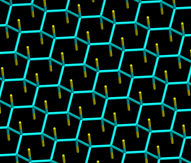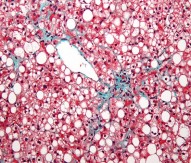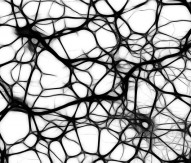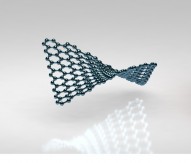
Human brain and graphene win FET
Scientists hoping to simulate the human brain and analyse the potential of graphene are set to benefit from €500m of EU funding, according to scientific journal Nature.
The two projects were chosen by judges as part of the EU’s Future and Emerging Technologies (FET) Flagship competition, part of FP7. To qualify, researchers had to propose how they would meet societal challenges using information and communication technology.
The Human Brain project in Lausanne, Switzerland, will initially receive €500m and hopes to simulate all possible patterns of the human brain activity using a supercomputer. Also winning funding is the Graphene Project at the Chalmers University of Technology in Gothenburg, Sweden. Experts here will investigate the potential of graphene – a one-atom thick, conductive, extremely flexible form of carbon that is stronger than steel – in developing computers, batteries and sensors.
The two projects expect to receive €1bn over ten years, half to be provided by the European Commission and half by participants.
Each scheme will initially receive €54m over the next 30 months in order to develop beyond the basics of each project. The winners will then receive further financing from FET under Horizon 2020, the EU’s replacement for FP7.
An official announcement of the results will be made on Monday by Vice-President of the European Commission and Commissioner for the Digital Agenda, Neelie Kroes.

